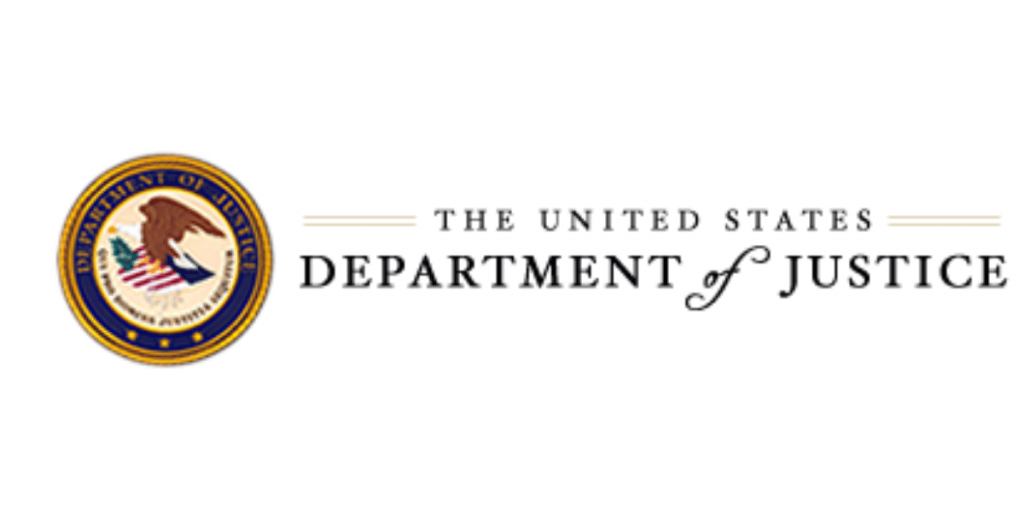Blue Water Area COVID-19 Update August 28, 2020
St. Clair County, MI — Lambton County, Ontario
Cumulative confirmed COVID-19 cases as of August 28, 2020 at 9:00 AM are as follows:
- State of Michigan: 99,958 confirmed cases; 6,440 deaths
- St. Clair County: 782 confirmed cases; 52 deaths
- Ontario: 41,813 confirmed cases; 2,803 deaths
- Sarnia-Lambton: 338 confirmed cases; 25 deaths
St. Clair County currently has 70 active cases of the virus, and 1% of hospital beds in the county are being used for COVID-19 patients.
Governor Whitmer signed an Executive Order 2020-172 yesterday clarifying the principal symptoms of COVID-19 that should cause an employee to stay home from work. The order also mandates that employers treat employees who stay home when they are sick as if they were taking medical leave.
Under order 2020-172, any and all Michiganders who test positive for COVID-19 or who display one or more of the principal symptoms should stay home. A worker should also stay home if they have any one of the following not explained by a known medical or physical condition: a fever, an uncontrolled cough, and shortness of breath; or at least two of the following not explained by a known medical or physical condition: loss of taste or smell, muscle aches, sore throat, severe headache, diarrhea, vomiting, and abdominal pain.
Individuals must remain home until 24 hours have passed since the resolution of fever without medication or 10 days have passed since their symptoms first appeared or were tested positive.
Lambton County currently has 4 active cases, and the county hasn’t had a COVID-19 related hospital admission since May.
The City of Sarnia asks for help from the community regarding disposing of personal protective equipment. Masks, gloves, paper towels, tissues, wipes, and plastic bags belong in the garbage, not in the blue box.
Please continue to rely on reputable sources for information on COVID-19:
- Centers for Disease Control: cdc.gov/coronavirus
- State of Michigan: Michigan.gov/coronavirus or Info Hotline 1-888-535-6136 Daily 8:00 am – 5:00 pm or email questions to COVID19@michigan.gov
- St. Clair County Health Department: COVID-19 Info Hotline (810) 966-4163 Mon – Fri, 8:00 am – 4:30 pm or email questions to covid19@stclaircounty.org
- St. Clair County Community Mental Health COVID-19 Support Line (810) 985-8900, available Monday-Friday, 8:30am – 4:30pm
- Lambton Public Health: https://lambtonpublichealth.ca/2019-novel-coronavirus/
- City of Sarnia COVID-19 Hotline: 1-877-4-SARNIA (1-877-472-7642)
Reporting for WGRT – Jessie Wiegand







